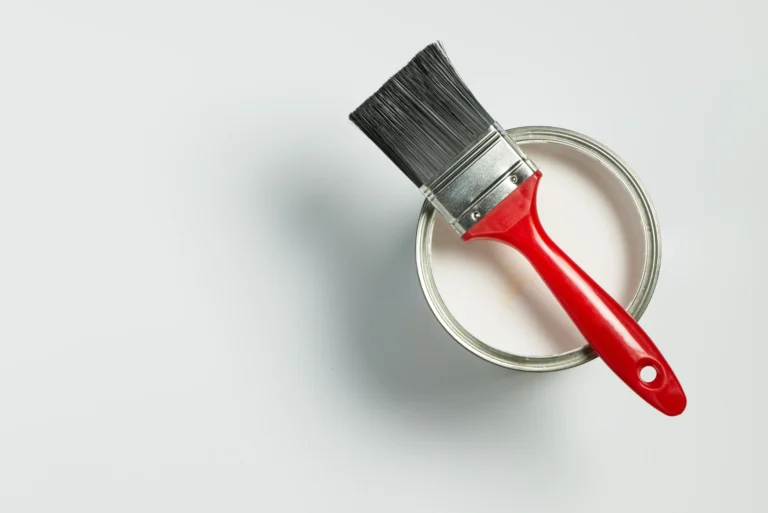Best Exterior House Paint: A Complete Guide for Homeowners
Best exterior house paint. Today, we want to bring you a complete guide for homeowners who want to learn about the best exterior paint options available. The right paint not only makes your house look nice but also protects your home from rain, sun, snow, sleet, etc. Let’s look at the best exterior house paints that will keep your home looking great for years.

Why Choosing the Right Exterior Paint Matters
Good exterior painting does more than make your home look pretty. It also protects from water damage by creating a seal or barrier against the elements. This will stop your wood from rotting sooner than it normally might without protection. Exterior paint will also stop the materials on your home from fading or beginning to break down from the intense rays of the sun in the summer. The best exterior house paint will save you money in many ways in the long run. By choosing the highest quality option, you don’t need to paint as frequently to get these benefits.
Types of Exterior House Paint
Let’s break down the two main types of exterior paint: oil-based paint and water-based paint(latex).
Water-Based (Latex) Paints
Many people choose water-based paints these days as they offer some unique benefits like:
- Faster drying times: This makes completing your project quicker and more efficient. If you are looking to jam a project into your weekend schedule, you will likely need to go with a water-based paint.
- Less aggressive chemical smells: If you need to work around children’s play areas or animals or you have a party planned after you paint, this is your best option.
- Exterior water-based paints with a glossy finish clean very easily. You can get them looking new with just soap and water.
- These paints are less likely to turn yellow over time. This is important if you want to paint your house any type of white color.
- Houses move from settling over time, windy days, as well as shrink/expand due to temperature changes. Latex paints are best suited to handle this movement as they are more flexible once applied.
Brands like Sherwin-Williams SuperPaint and Benjamin Moore Regal Select are top picks for latex paints.
Oil-Based Paints
Oil-based paints are less common today, but there are still projects where it makes sense to use them for their unique characteristics, like:
- Creating a harder finish when dried. If you have small structures that won’t be moving much, and you are going to require a tougher exterior, Oil-based paints are a great option.
- Covering in fewer coats. Water-based paints dry faster, but you will likely need more coats compared to oil-based paints.
- Works well in cold weather. Building without a heat supply or when they don’t get much direct sunlight would make a great case for using these paints.
- They are good for problem areas where damage needs to be repaired. Small patches, holes, or imperfections would be less noticeable underneath an oil-based paint.
Brands like Rust-Oleum and Valspar make good oil-based options.
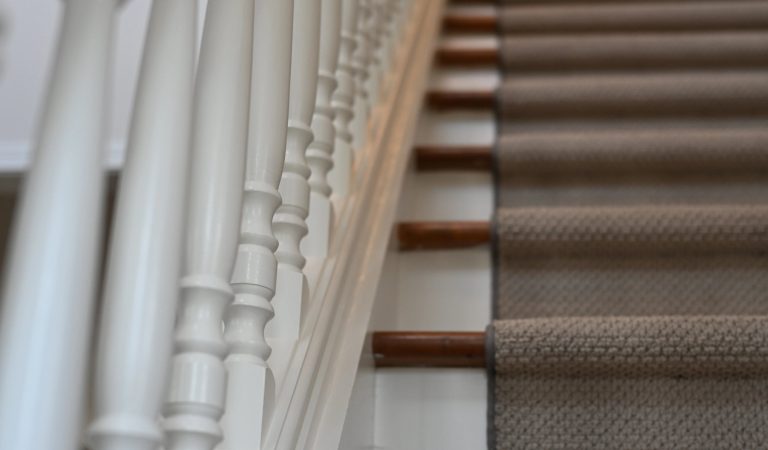
Best Exterior House Paints for Different Surfaces
For Wood Siding
Wood needs paint that can handle its natural movement. We recommend these:
- Sherwin-Williams Emerald Exterior
- Benjamin Moore Aura Exterior
- Behr Premium Plus Ultra Exterior
These paints have strong binders that help them stick to wood even when it expands and shrinks.
For Brick and Masonry
Brick and concrete need breathable paints:
- KILZ Masonry and Brick Paint
- Sherwin-Williams Loxon
- PPG Perma-Crete
These let moisture escape instead of trapping it inside. Which is very important for the integrity of the bricks to be painted. If you want to avoid issues over the long-term, you should use one of these paints.
For Vinyl Siding
Vinyl siding needs special paint that won’t warp in the sun:
- Sherwin-Williams VinylSafe colors
- Benjamin Moore Revive
- BEHR Marquee Exterior
These are made not to absorb too much heat. This is perfect for getting a fresh color on your home without replacing your siding or opening the door to other potential issues in the process.
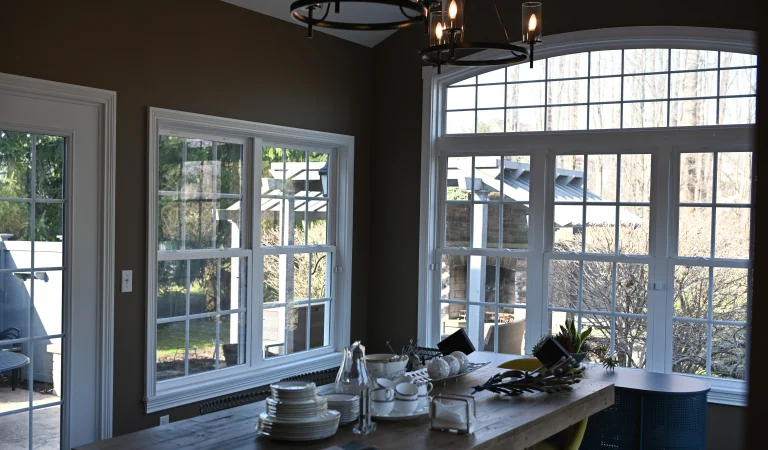
The Best Overall Exterior House Paints
After testing many brands, these come out on top:
- Sherwin-Williams Duration – Lasts up to 10 years and needs just one coat in many cases.
- Benjamin Moore Aura – Has rich colors that stay bright for years and resists dirt.
- Behr Ultra – A great value option that still gives good coverage and protection.
- PPG Timeless – Has a lifetime guarantee and prevents mildew growth. Great option for areas that commonly have high moisture content.
- Valspar Duramax – Works well in all weather conditions and resists fading.
How to Choose the Best Color
When picking a color:
- Drive around and look for inspiration. Find a neighborhood you like and drive around until you see color options that you would enjoy for your home.
- Consider your home’s style. Older home styles do well with classic colors, whereas modern home designs can get funky combinations to look great when done by a professional.
- Test samples on your house at different times of day. Make a point to look at the colors under morning, afternoon, and evening light.
- Remember that dark colors fade faster in sunny spots, so you would want to choose lighter colors depending on the exposure of your home to direct sunlight.
- Think about your roof color and landscaping. You might have found an awesome color combination, but if you are only thinking about the walls of your home, your red metal roof will stick out like a sore thumb.
Neutral colors like soft gray, warm beige, and gentle blue-gray are always safe choices that look good on most homes. If you are in a neighborhood with an HOA, be careful, as there may be colors that are not allowed in your community.
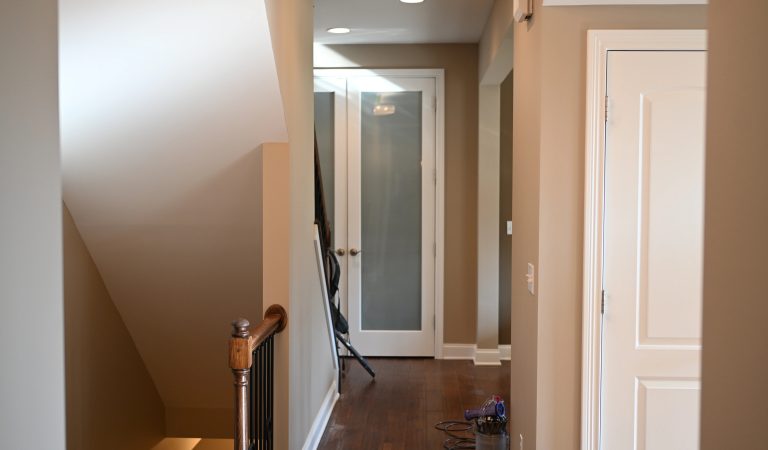
Tips for Painting Success
You could buy the highest quality paint and equipment, but if you don’t take steps to prepare your home properly, the paint’s not going to stick well, and you will have bad results in the end.
Start by giving the walls you plan to paint a good cleaning. Be careful of using harsh chemicals or a pressure washer, there are home surfaces that will not respond well to these. Do some research on the type of siding, window trim, shudders etc., that you have and learn the best practices for cleaning those surface specifically. When in doubt, a soft brush or sponge with warm soapy water will do fine.
Fix rot, holes, and other damage before painting. If you have bare spots, faded areas, or stains, you should spot prime so your new paint has the hold potential and coats evenly.
Keep an eye on the weather. The best conditions to paint in are between 55-85 degrees. When it comes to exterior painting, make sure it’s not going to rain while the paint is drying.
When to Call a Pro
While many homeowners paint their own houses, some jobs are better left to professionals. DIY gets tricky if your home is more than 2 stories tall. Unless you have a ton of experience with painting on ladders, you should use a professional company. This is important for both safety and for finish quality. Another reason to get a pro involved would be that your house was built before 1978, and lead paint could have been used. The more obvious reasons would be that you don’t have time to paint your home on your own, or there is a large amount of damage that would need to be repaired to get the paint looking great.
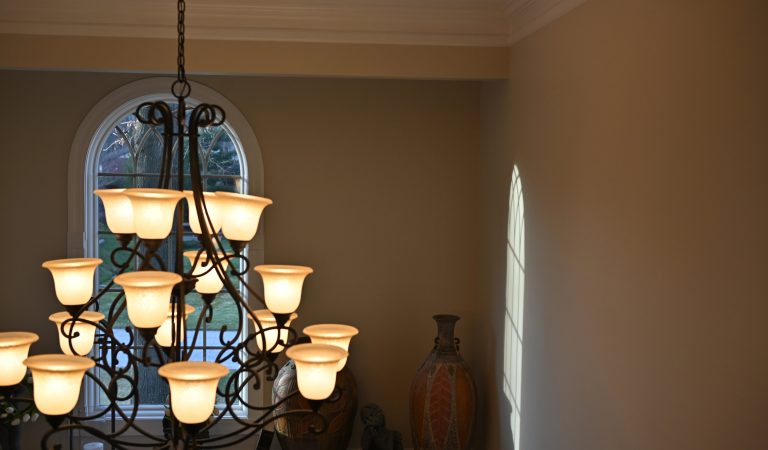
Final Thoughts
The best exterior house paint is the one that fits your style, specific location needs, surface types, and climate. When you choose quality paint from a trusted brand and prepare your surface properly, you will get the best results for the longest amount of time. Investing in good paint now will save you money over time compared to using cheap paint that will need repairs and frequent repainting. Your home will look great and be protected from the elements.

